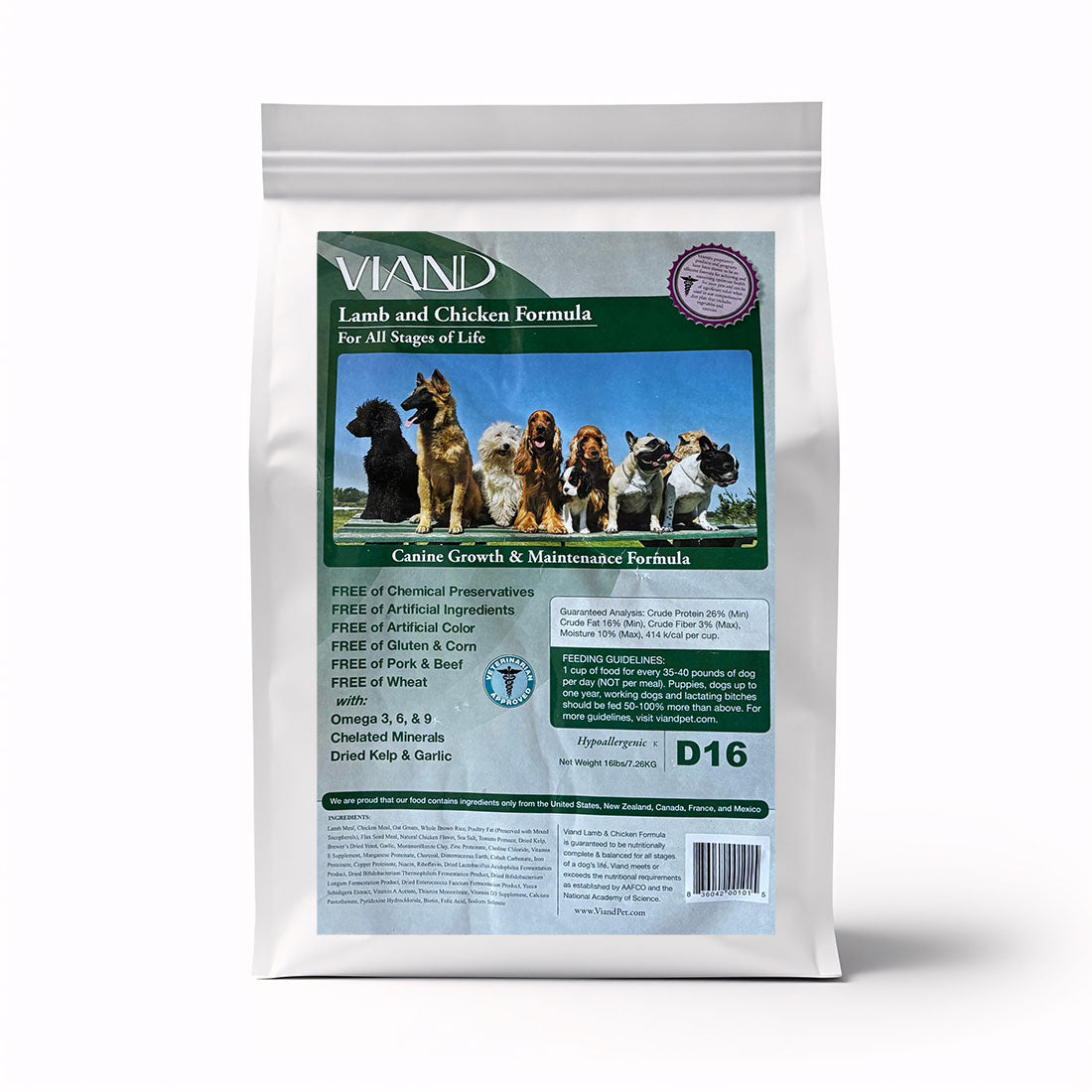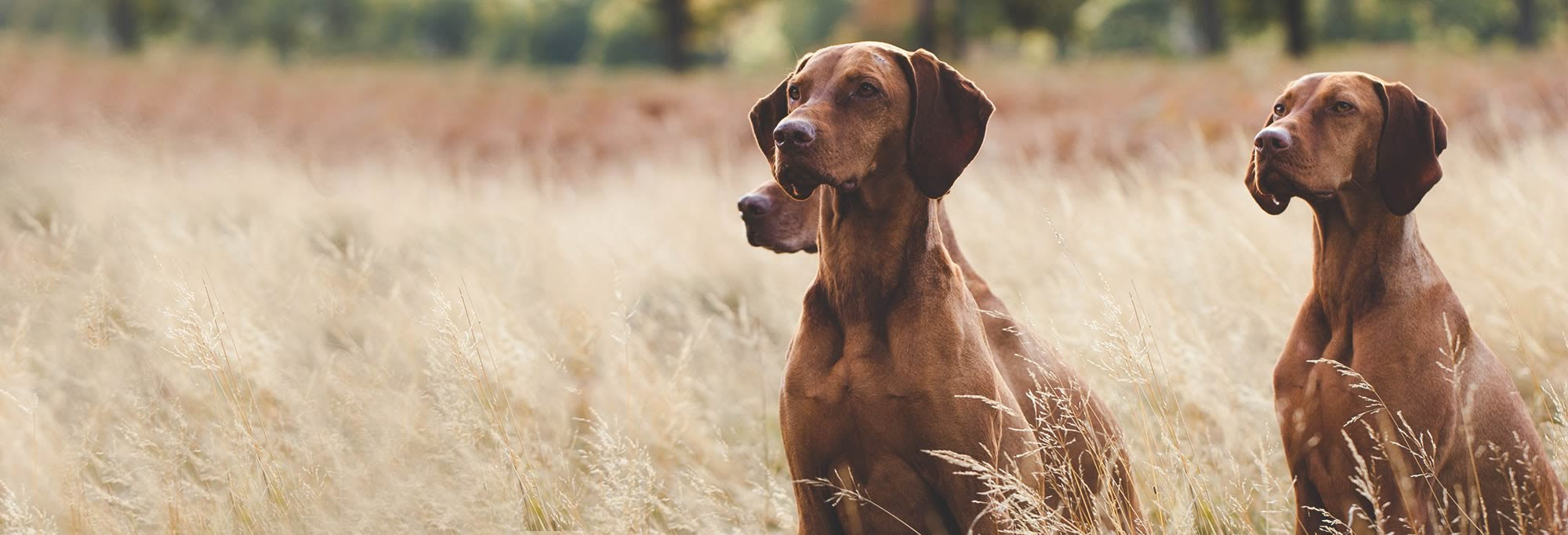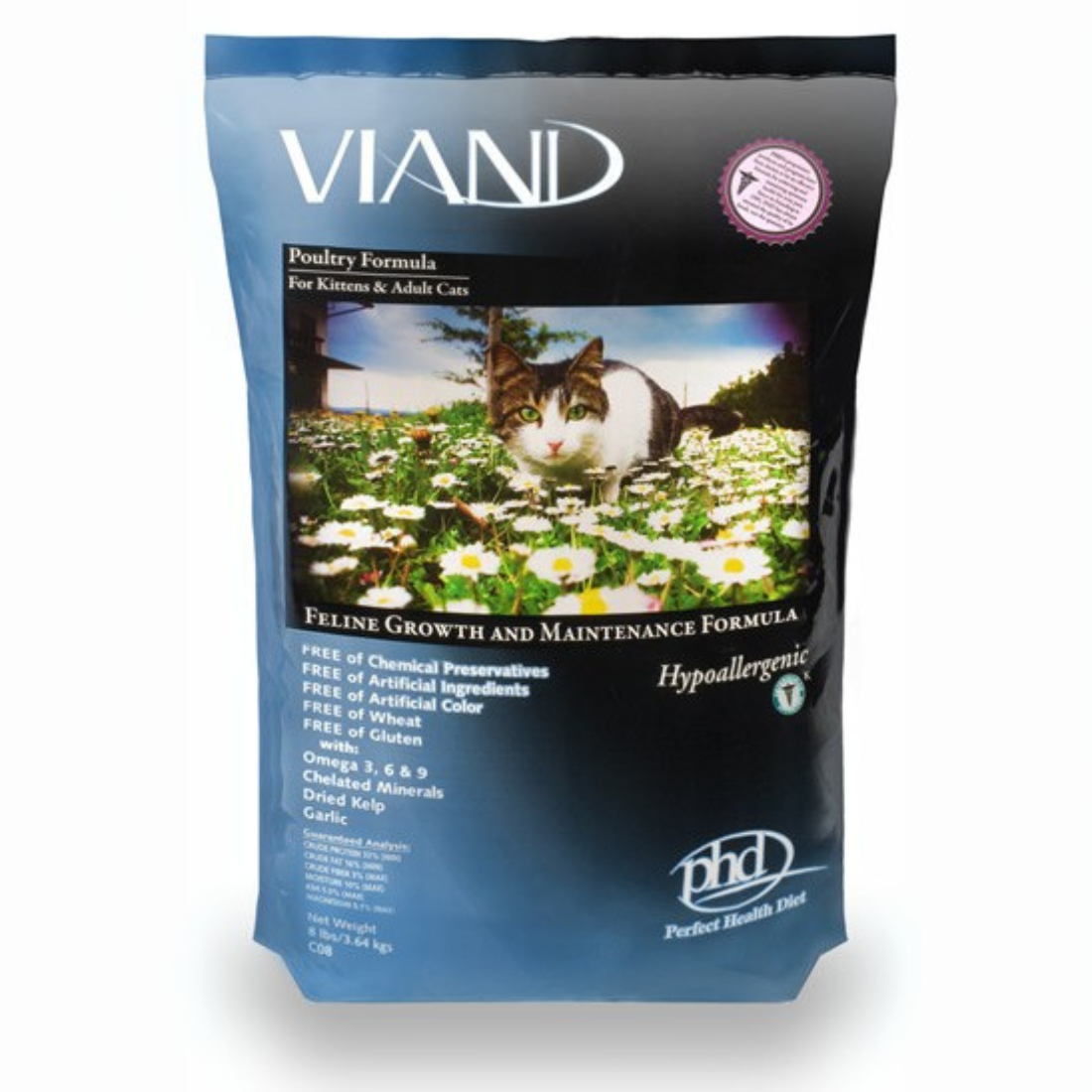· By Scott Pollak
Is Your Dog Normal
What is a Normal Dog?
For all of you dog owners out there, you may be wondering, “What is a normal dog?” Essentially, a normal dog is a healthy dog. Now that we have made the connection between normal and healthy, let us discuss what makes up a healthy, or normal dog.
The first way to detect a normal dog is to observe its physical features. The skin of a normal dog will be supple and downy and will not be present redness, flakiness, or have sores, or growths. If you are seeing spots on your dog’s skin, that is fine and perfectly normal. The next place to check is your dog’s coat, or fur. For a normal dog, the coat will be shiny and flexible. There should not be any baldness or dandruff in your dog’s fur. Also, the coat should not be too oily. A normal dog’s eyes should be bright and shiny, and there should not be the excessive wateriness. The whites of the eyes should not have any yellowish, pink or red discoloration and the eyelids should not be swollen or extremely red. The ears should be pink, clean, and should not be too warm or red and itchy. Typically, a normal dog’s nose should be cool and wet, although a warm, dry nose does not necessarily indicate illness or bad health. The nose should never have a discharge that is anything other than clear. Finally, the mouth should reveal healthy gums, which typically match the color of the dog’s skin, either pink, black, or spotted. The breath should not be rank smelling and the teeth should not be crowded. Oral health is extremely important in dogs because mouth infections can lead to serious health problems if left untreated. Another little known physical feature is that their whiskers should be nice and straight.
Beyond the physical appearance of your dog, there are other symptoms that can be observed in the normal dog. The normal dog will have a temperature between the range of 101 and 102.5 degrees Fahrenheit. The heartbeat and pulse will range from 50 to 130 beats per minute. The dog’s urine will be a clear-ish yellow. Bowel movements should happen one to two times a day and should always be firm and brown in color. Loose, intermittently loose stool usually indicates either too much food for their body to handle, (the diet they’re being fed is less digestible) or may be a sign of parasites. Also, a normal dog will always be within the prescribed weight for its breed, (well built dogs will usually weigh in heavier, but note muscle weighs much more than fat), and you’ll always able to feel the rib cage without too much thickness between the skin and ribs. Another test is to run your index and middle fingers down their spine and easily feel their vertebrae or bumps.
If all of these positive traits apply to your dog, then chances are you have a normal, healthy dog, congratulations, well done. That’s all I’m after here, since 1995, all I have been trying to offer concerned, educated, caring people, and pet owners an avenue toward greater health for their pets. Most of us have so much going on in our lives that we really don’t need more work. Should you see any opposing traits to the ones listed above, it is most likely time to review your chosen diet and initiate a detox or a cleansing?
Upon completing this protocol, it will visibly establish a base from which to build upon as you include new things into their recovery to optimum health. When it comes to the health of your canine friend, you really cannot be too cautious. Following these guidelines of characteristics that define what a normal dog is, it will help you keep your dog healthy and happy! Doing so, will help keep your dog healthy and normal and will ensure that you have a long companionship.


